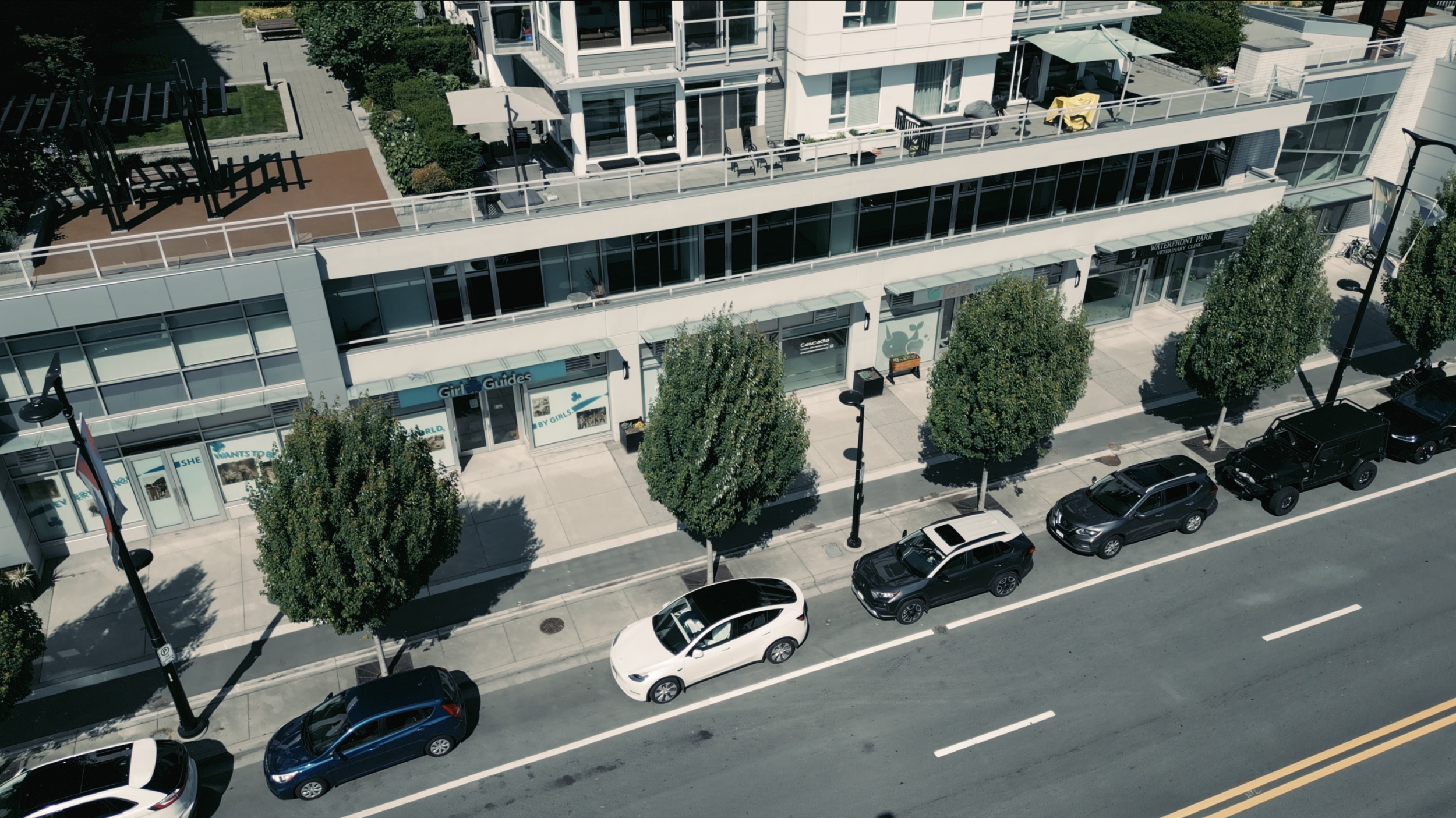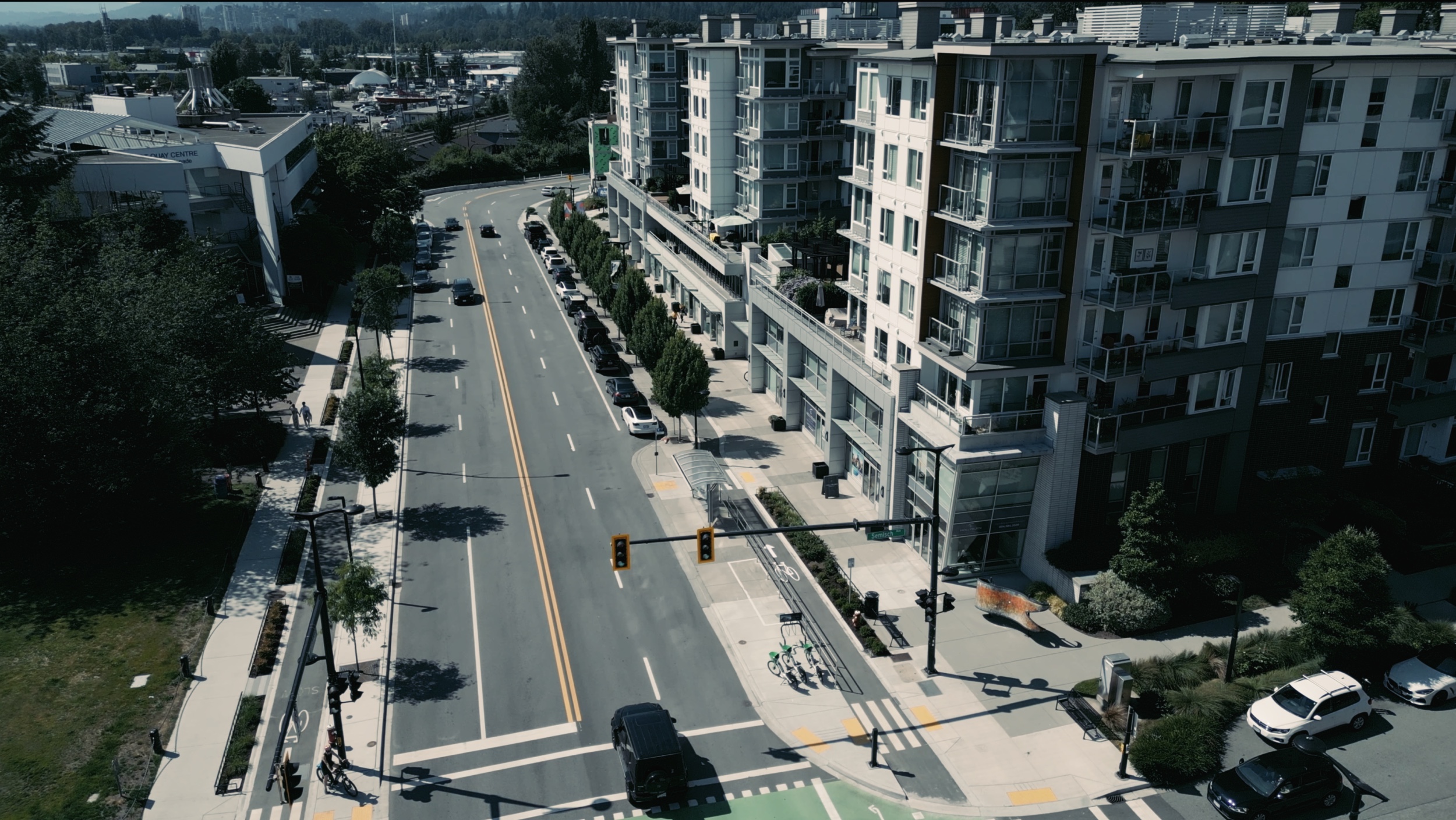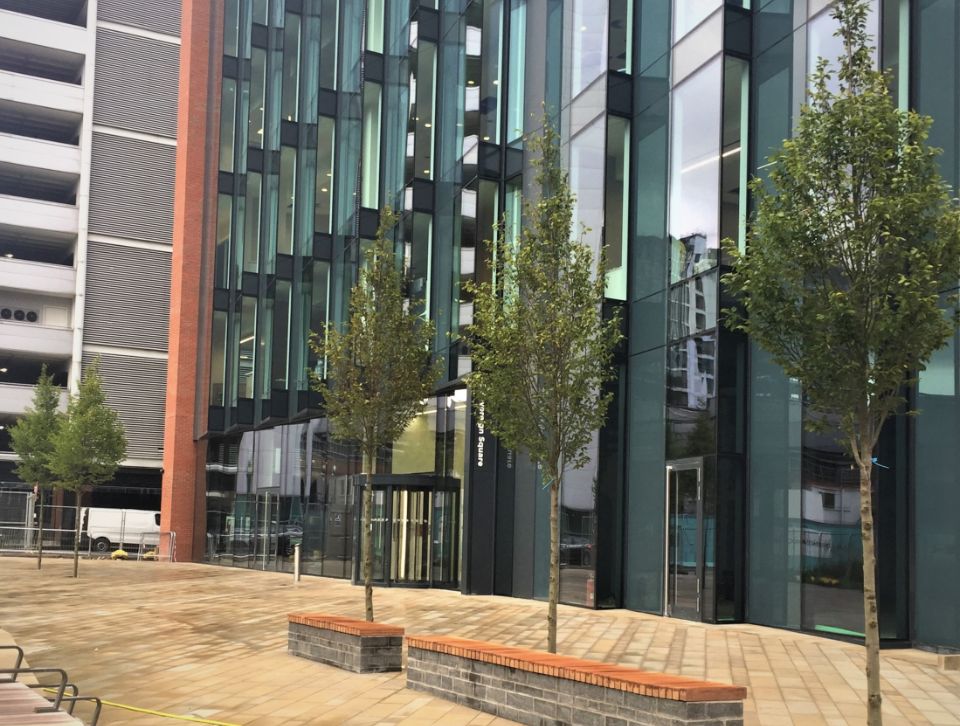Silva Cells are providing soil volume to dozens of trees along major city artery, while also assisting in managing stormwater runoff at source
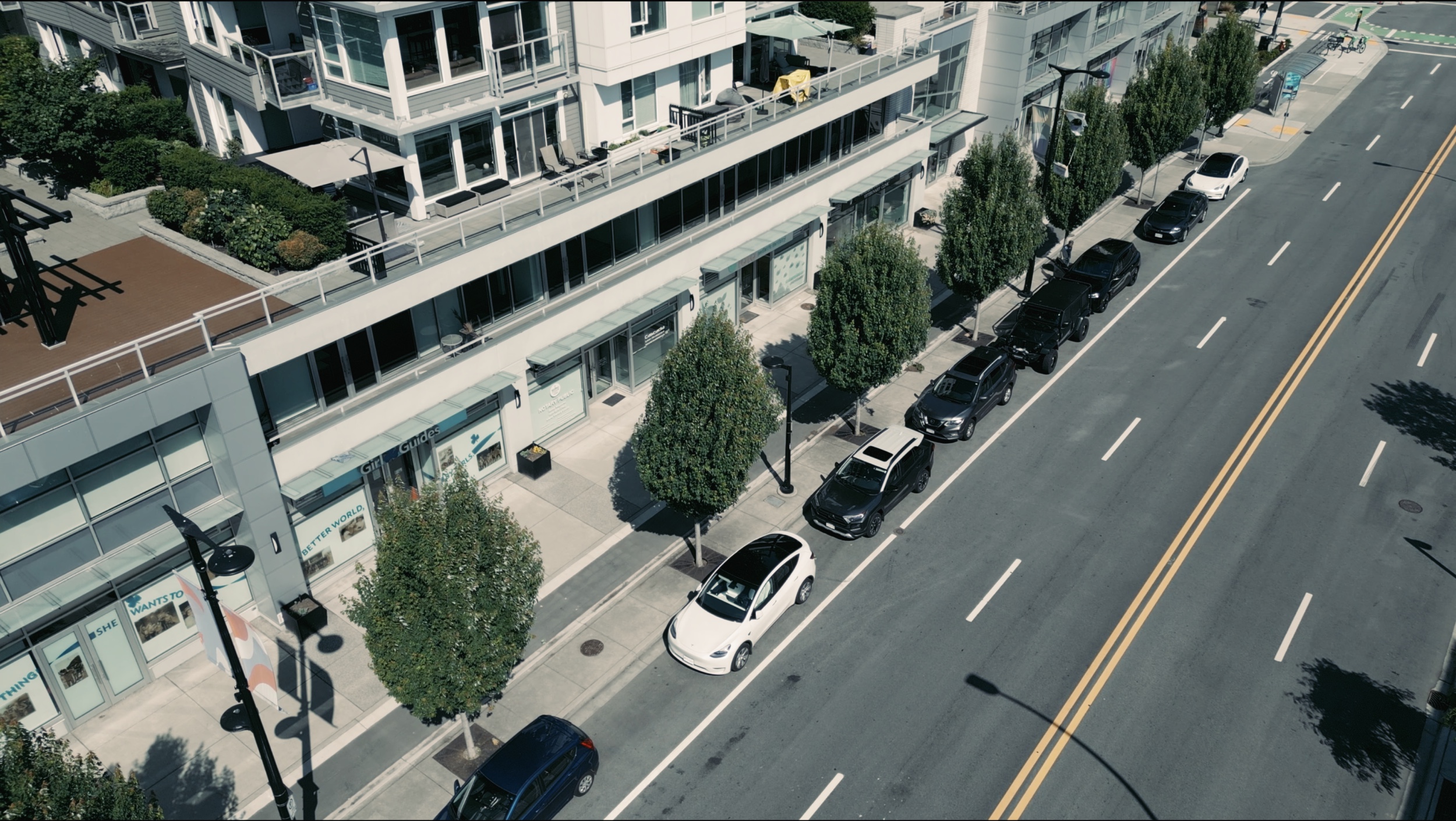
A major traffic artery near the harbor in North Vancouver, Esplanade had — by the mid 2010s — become a congested city street unable to meet the growing, multi-use needs of the local residents. City officials determined that the speedy vehicles and lack of pedestrian accommodations caused commuting and safety concerns. In 2017, the northwestern stretch of Esplanade, from Semisch Avenue to Mahon Avenue, was revitalized with wider sidewalks, a protected bike lane, and a series of street trees which were planted in the DeepRoot Silva Cells (which allowed the trees access to mandated soil volume and provided stormwater-management services as a source control). The success of this project served as a template for the rest of Esplanade, an ambitious multi-million-dollar renovation that rethinks the street with green features and pedestrian-friendly amenities — and Silva Cells are being installed along the length of this roadway project.
Number of Silva Cells: 726 (3x) and 978 (2x)
Total Soil Volume: 1,424 m3
Number of Trees: 47
Type of Project: Streetscape, Stormwater
Project Designer: ISL Engineering, PWL Partnership, CREUS Engineering
Project Contractor: Southwest Contracting, Cedar Crest Lands
Installation Date of Silva Cells: 2017-2022
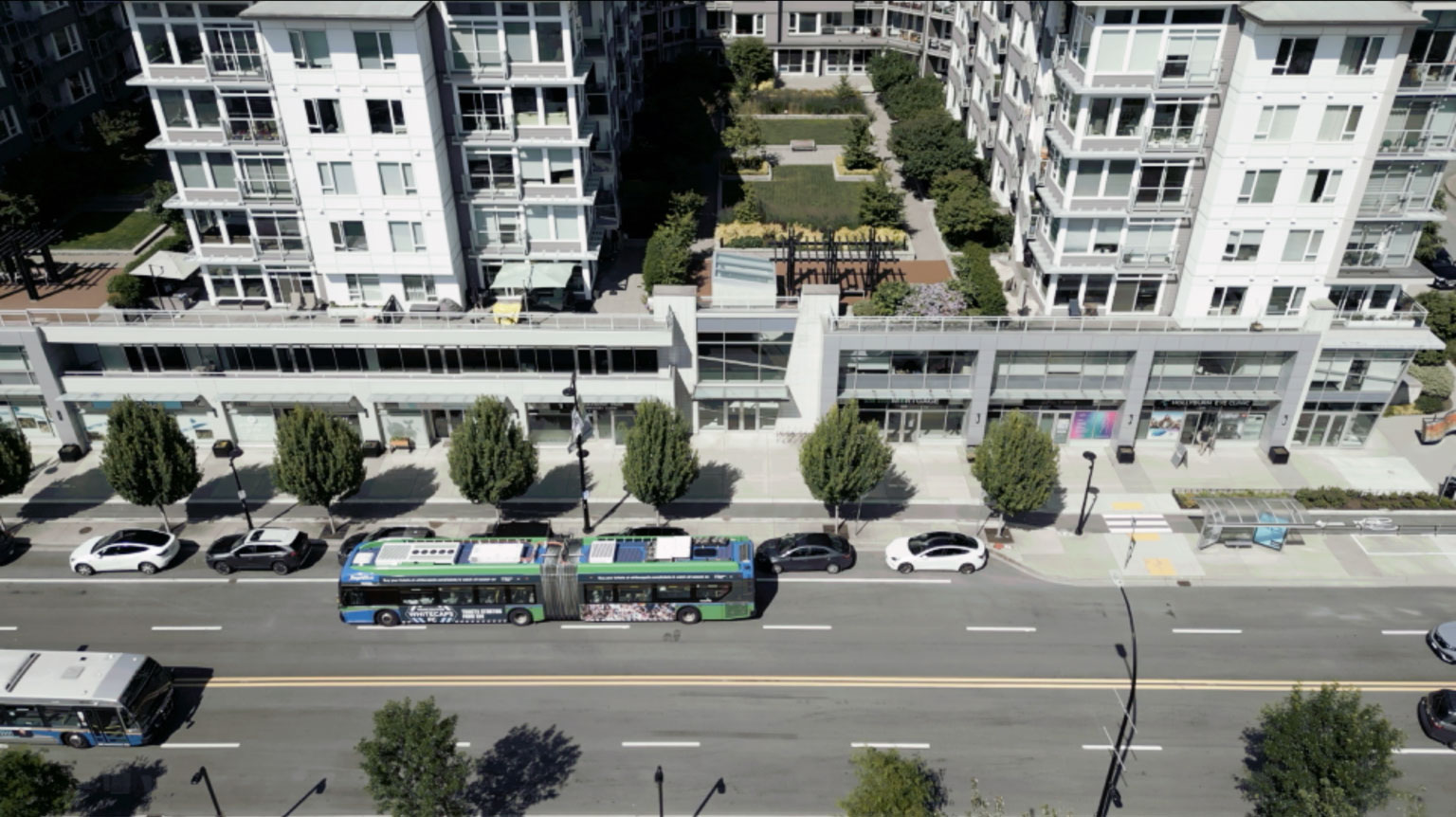
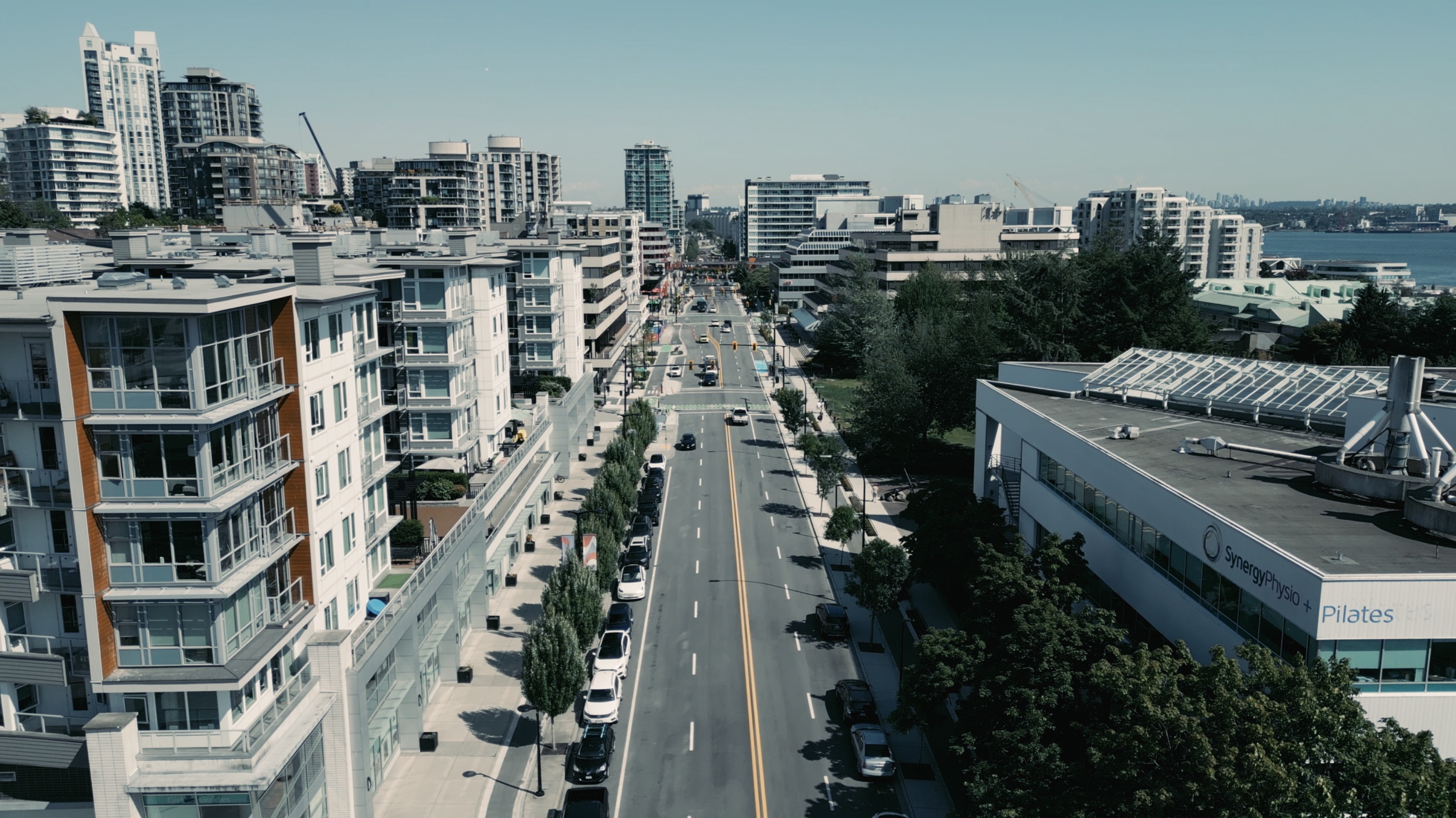
In late 2020, North Vancouver asked their residents how they could improve Esplanade, a busy street in the city’s southern downtown area. The road’s layout, built primarily for vehicular traffic, was slowly becoming outdated for a citizenry that was increasingly commuting by walking and biking.
Safety and accessibility were two of the primary concerns voiced by locals when giving their feedback of the congested urban artery. Specifically, people noted that the sidewalks were too narrow, public seating options were limited, intersections were dangerous (with quick-moving cars and a lack of adequate and safe crosswalks), biking lanes felt vulnerable and unprotected, and green space was noticeably lacking.
City planners had recently, three years prior in 2017, implemented a new design template that addressed the residents’ concerns on Esplanade: a short stretch of road on the street’s northwest corner between Semisch Avenue and Mahon Avenue. Many of the issues identified with other areas of Esplanade were mitigated in this project, including the installation of new widened sidewalks and a protected bike lane. Likewise, street trees were installed between the bike lane and the road itself, a way to pronounce the delineation between the two traffic zones and provide shade to drivers, bikers, and pedestrians.
The DeepRoot Silva Cell system was installed to help ensure these trees have access to appropriate soil volume levels. At the same time, the Silva Cells serve as stormwater source control — a dual-purpose system that offers adequate soil volume to support large, mature trees while also managing the street and sidewalk runoff and providing peak-flow reduction, as well as water-quality benefits and storage.
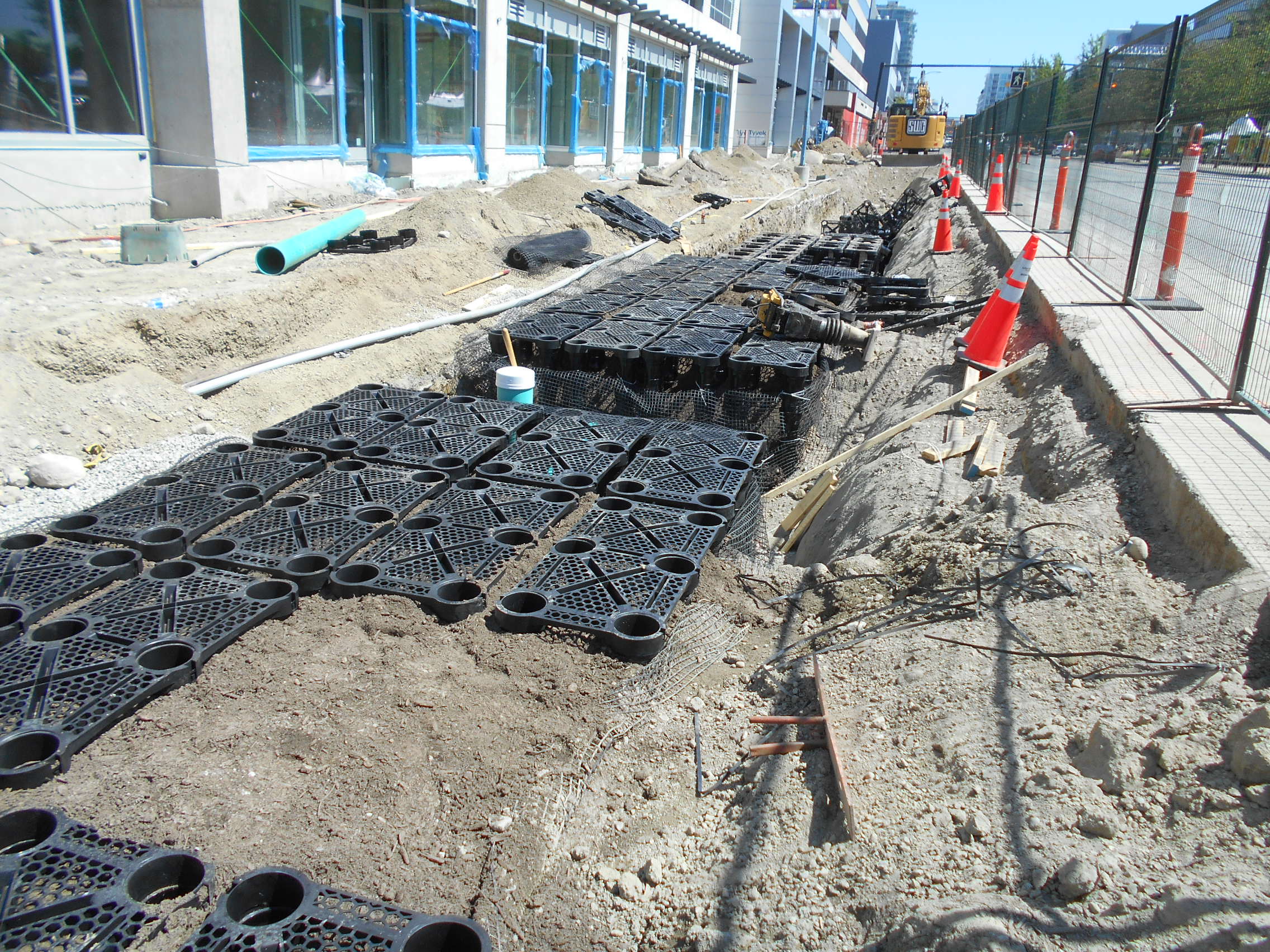
More than 1,700 Silva Cells — both 2x and 3x depths — have been installed along Esplanade from 2017 to 2022, supporting 47 newly planted street trees.
The 2017 pilot stage of the initiative included 10 trees, each one planted in 15 cubic meters of soil volume — this provides the roots with a healthy, uncompacted soil environment for robust root expansion while also meeting city mandates for new public-realm trees. Being positioned between the new protected bike lane and vehicular traffic underscores the separation of the two commuter zones and adds a layer of safety for both drivers and bicyclists.
Silva Cells are also being utilized as a stormwater-management tool. Runoff is captured on location via catch basins and routed into the Silva Cell system to achieve peak-flow reduction and improved water quality, as it filters through the soil before continuing downstream to the municipal sewer system. Indeed, lowering the peak-flow burden on the city’s gray infrastructure was paramount: North Vancouver averages more than 1,800mm (71 inches) of rainfall per year, with approximately 15 rainy days per month. By slowing this water’s entry into the sewer system — filtering through the soil and simultaneously providing irrigation to the trees — the pipes are less likely to become blitzed with more stormwater than they can handle. The City of North Vancouver is monitoring the stormwater element of this project.
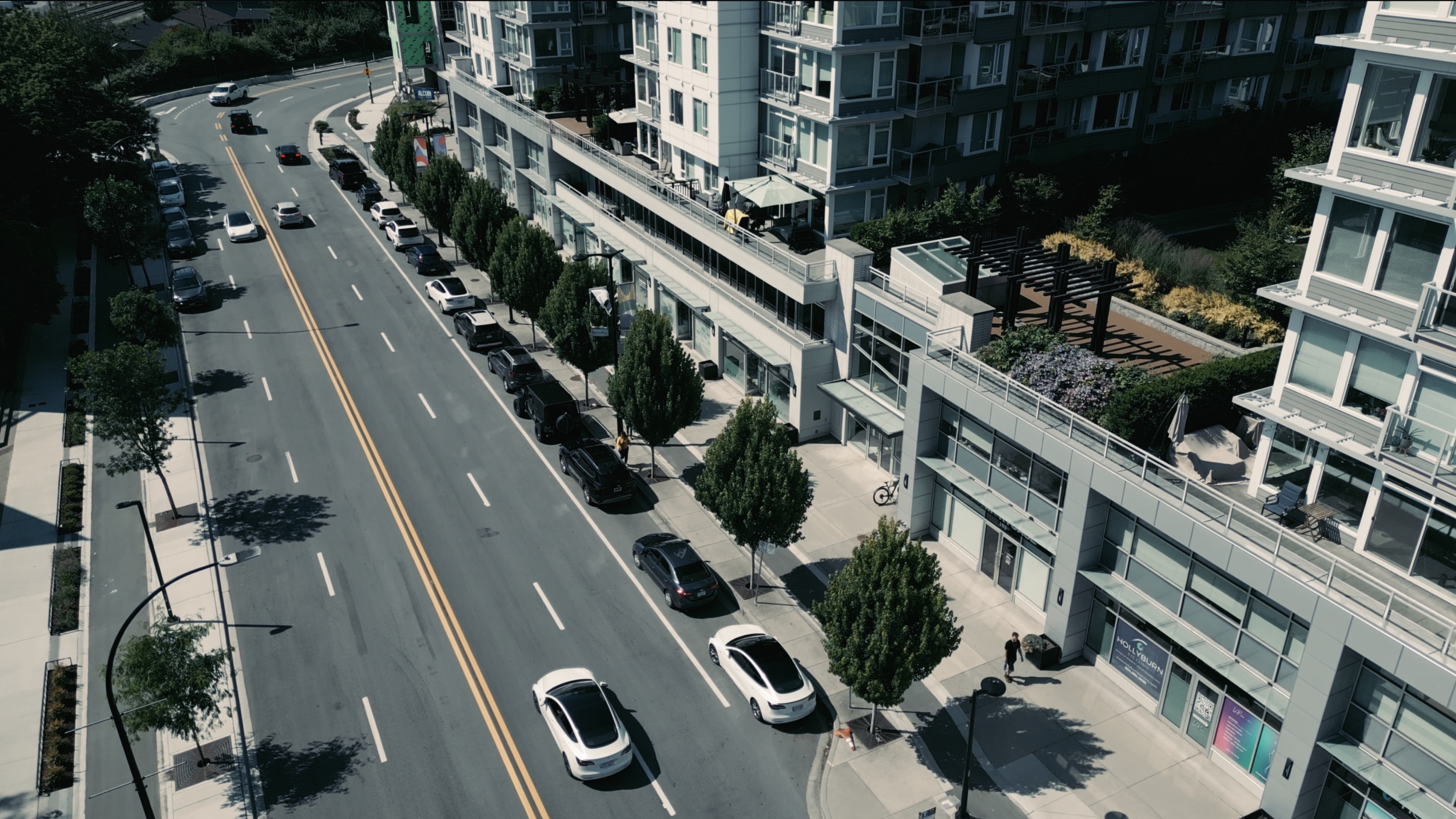
Given the success of the Semisch Avenue to Mahon Avenue stretch, the same design concepts were utilized when the balance of Esplanade was retrofitted. In addition to offering more available seating, narrowed vehicular traffic (for slower speeds), better pedestrian crosswalks, and widened sidewalks, the protected bike lane is being extended across nearly the entirety of this length of Esplanade. Street trees planted in Silva Cells are being used to continue this safety-minded traffic delineation, while simultaneously providing additional stormwater treatment on site.
The green, low-impact development (LID) features incorporated in the Esplanade upgrade initiative offer residents a safer and more welcoming environment, while also contributing to an increasingly green city with increased canopy coverage and a lower reliance on gray infrastructure.
DeepRoot Silva Cells are approved for use in city and district of North Vancouver. For more information, see here and here.
Also, please check out a selection of DeepRoot’s other North Vancouver projects by reading our case studies here, here, and here.
